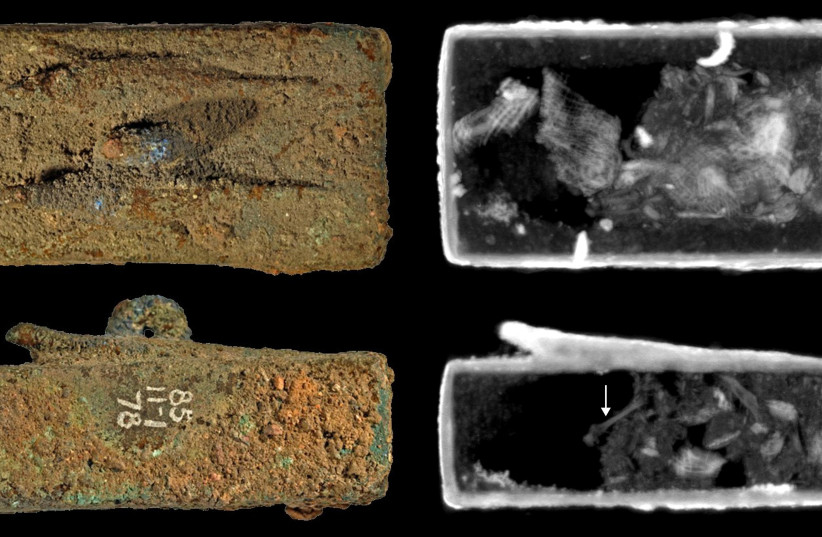Mysterious contents of sealed Egyptian coffins revealed after 2,000 years
A team of scientists has examined a number of mysterious sealed boxes dating back to Egpyt’s Late and Ptolemaic periods using neutron tomography.
The boxes, which were all made roughly between the mid-seventh to third century BCE, contained some startling discoveries including hidden remains of the very animals depicted on the illustrations on the outside of the boxes.
Mummification of animals was a common practice in ancient Egypt, with animal remains being placed in statues, coffins or consecrated, or votive, boxes that were then sealed. However, some of the boxes seemed to be too small to hold the body of a whole animal.
Still sealed after thousands of years
When archaeologists first uncovered them, a precious few of the boxes were still sealed, all these thousands of years later and a number of the still unopened coffins and boxes now reside in various museums.
In a recent peer-review study published in the journal Scientific Reports, a team of scientists reexamined six unopened votive boxes made of copper alloy, that are now part of the British Museum’s collection.
The purpose of the research was to search for the presence of faunal remains and to understand the manufacture of the containers, building on previous research.
The boxes had already been analyzed in a previous study through the use of X-ray computed tomography, but the results had been inconclusive. Instead of using the same method as the earlier study, the team conducting the follow-up research used a method known as neutron tomography to discover what was hidden inside the sealed containers.
 Animal coffin EA27584, surmounted by two lizard figures (top and side view). Neutron imaging shows textile wrappings and an 8mm long bone (arrow). (credit: The Trustees of the British Museum and O’Flynn et al.)
Animal coffin EA27584, surmounted by two lizard figures (top and side view). Neutron imaging shows textile wrappings and an 8mm long bone (arrow). (credit: The Trustees of the British Museum and O’Flynn et al.)X-ray imaging can be limited by the presence of metal, especially lead, leaded bronze or other dense materials. For this reason, neutron tomography has been established as a complementary, non-invasive technique to be used alongside X-ray methods, as it is effective at detecting organic material.
What was found inside the sealed boxes?
Throuh the use of neutron tomography, the researchers were able to discover more conclusive information about the ancient boxes, with one of them found to contain a number of bones, including a seemingly complete lizard skull.
The box is also adorned with a lizard figure, whose decorations match the pattern of a lizard species that is commonly found in the area the box was located, and whose size also matches the skull and other bones in the box.
Additional bones or bone fragments were found in at least three of the boxes and indications of bone remains were detected in two more. Textile fragments were identified in three of the boxes, indicating that the bones were probably wrapped in material.
The wrapping material is thought to be linen, which was commonly used in ancient Egyptian mummification.
What function did the boxes have?
Three of the boxes have loops on the outside and contain lead, which may have been used to aid weight distribution across the container.
The researchers speculated that lead may have been chosen due to its status as a magical material in ancient Egypt, as previous research has proposed that lead was used in love charms and curses.
The loops are suggested to have been used to suspend the lighter boxes from the walls of a shrine or temple, or from statues or boats during religious processions, while the heavier lead-containing coffins without loops may have been used for different purposes.





Comments are closed.